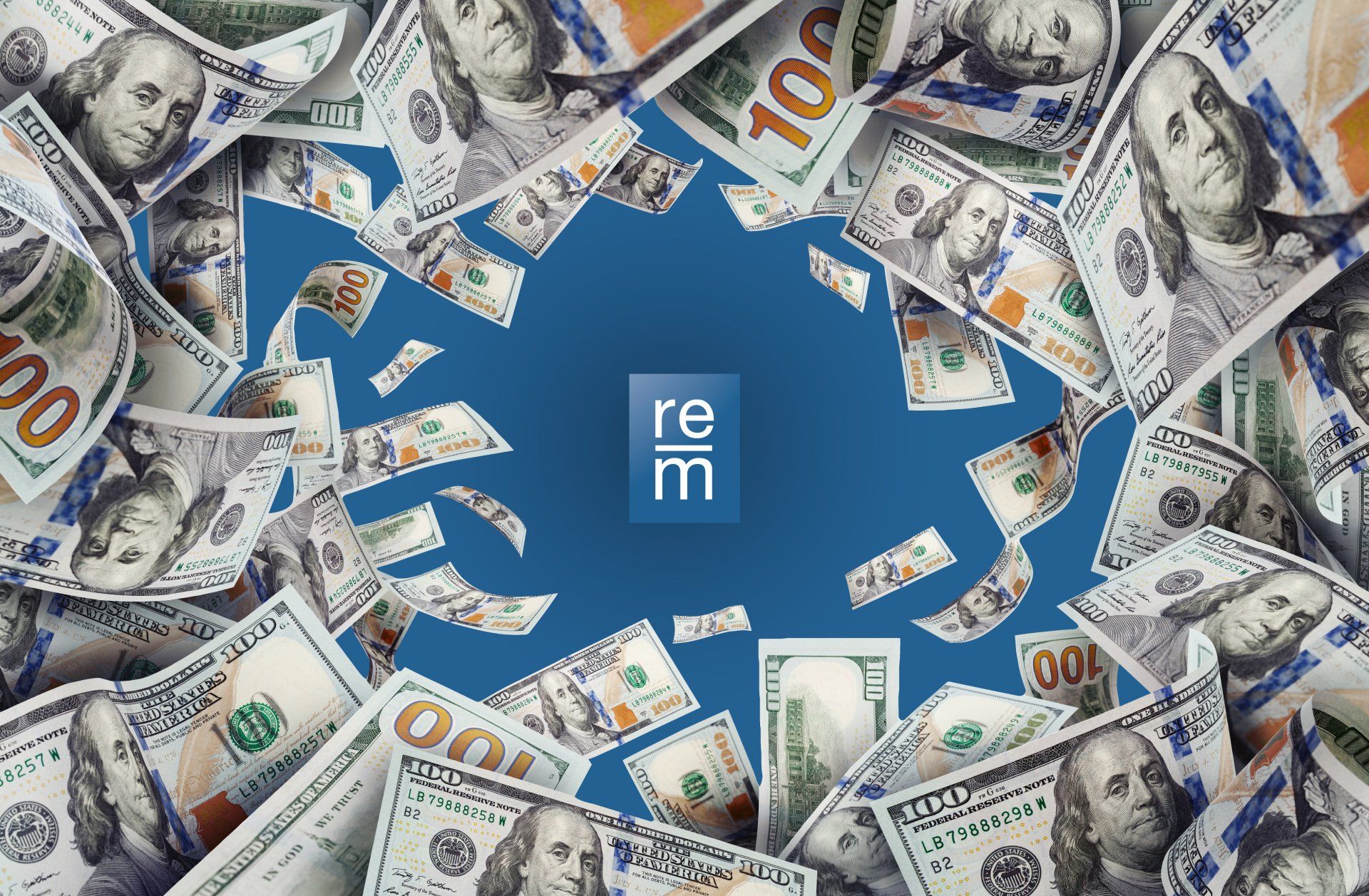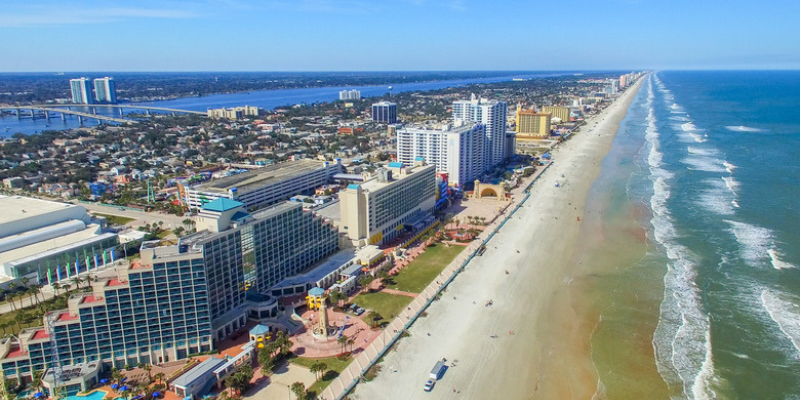Commercial Real Estate: Why Commercial Real Estate Protects Against Inflation
The major news of the day? Inflation. Everyone’s talking about it.
The price of goods and services in the United States is on the rise at rates unseen in decades, jumping to 7% in December compared to the same month last year.
That’s the seventh consecutive month in which inflation has topped 5%. Price increases in housing specifically were one of the largest contributors to the inflation rate, with a 0.4% increase in price compared with November.
But this shouldn’t worry commercial real estate investors.

Commercial Real Estate’s Hedge Against Inflation
Why? Well, a commercial real estate investment can provide many benefits including cash flow, capital gains, favorable tax treatment, portfolio diversification, and protection against inflation.
Commercial real estate’s inflation protection is actually commonly misunderstood and often overlooked.
To get a better understanding, let’s learn about the concept of inflation.

Commercial Real Estate: Understanding Inflation
Inflation is the general rise in the price of goods and services over time, resulting in a sustained drop in the purchasing power of money.
In other words, a dollar today is worth more than a dollar in the future due to its loss of purchasing power.
With any type of investment, inflation is an important concept because returns need to be measured both in absolute terms and in relative terms.
For example, an individual could allocate money to an investment that pays an interest rate of 3% annually (the absolute return), but if inflation causes consumer prices to rise by 3% in that same year, the relative return on the investment is 0% because the purchasing power of that capital remains unchanged.
In that way, it is important for an investment to earn a return, but it is more important that the return outpaces inflation to ensure that purchasing power increases over time.

Commercial Real Estate Investments Outrun Inflation
Generally, in times of high inflation, the best assets to own are “hard” assets like commodities (gold) and real estate because their prices tend to rise in tandem with inflation.
Returns from a commercial real estate investment come from two places, income and capital appreciation. These both work in tandem to hedge against high inflation.
The easiest way to illustrate this concept is with an example:
Suppose a real estate developer is considering the construction of a new industrial property.
As part of the project analysis, the developer creates a budget estimate for construction costs and a financial projection for potential cash flow and operating expenses.
If construction costs are rising faster than rent prices, as they do in an inflationary environment, then the developer will not be able to achieve the desired return, and it’s likely he or she will ultimately scrap the project.
If the developer does walk away from said project, there will be one less industrial property on the market, and with limited supply and strong demand, rental prices for existing industrial properties will rise.
These rent increases generate higher net cash flow, which in turn drives property values higher, generally outpacing inflation over time.
For this reason, commercial real estate assets, regardless of property type, are a good hedge against rising prices driven by high inflation.

Real Estate Matrix is one of the Southeast’s premier commercial valuation firms and has participated in the valuation of billions of dollars in real property assets.
We would appreciate the opportunity to add you to our very long list of pleased clients. You can give us a call or click here to fill out our Free Quote Appraisal Form.





